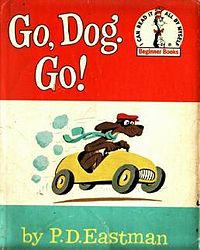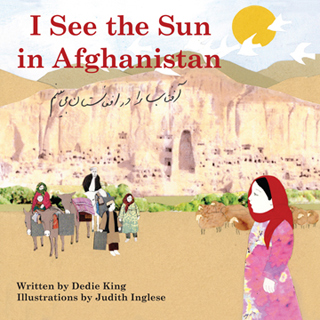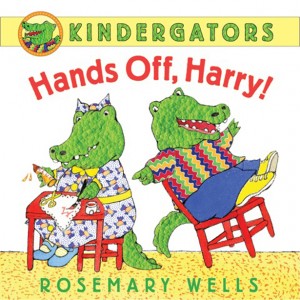One of the super cool things about our library software is the ability to run statistics. The end of the year inventory has all of the librarians considering our collection and the changes that need to be made. Just for a hoot, I ran a snapshot stat on the top 10 titles that circulated during the 2010/2011 school year in the Sixth Avenue library.
The results may surprise some of you.
Every single one is a graphic novel.
Ok…so let’s branch it out and run the top 50 titles for the school year. 46 of them are graphic novels.
Our graphic novel collection is a small subset of our overall collection but is obviously the go-to section for self selected reading. It’s hard to imagine, but many libraries are still trying to justify purchasing and keeping graphic novels. At LREI we are lucky not only to have a great, growing collection of graphic novels, but we are also lucky to have Jesse Karp on our faculty. In case you are unaware, Jesse is an expert in the graphic novel field. If you have any questions about the format, or need help finding appropriate graphic novels for your child, please stop on by and ask!
Without further ado, here are the top ten circulating books of the 2010/2011 school year!
10) BABYMOUSE: OUR HERO, by Jennifer and Matt Holm
9) ROBOT DREAMS, by Sara Varon
8 ) BABYMOUSE: SKATER GIRL, by Jennifer and Matt Holm
7) STONE RABBIT: BC MAMBO, by Erik Craddock
6) BABYMOUSE: DRAGONSLAYER, by Jennifer and Matt Holm
5) STONE RABBIT: DEEP SPACE DISCO, by Erik Craddock
4) GRAMPA AND JULIE: SHARK HUNTERS, by Jef Czekaj
3) STONE RABBIT: PIRATE PALOOZA, by Erik Craddock
2) BABYMOUSE: BEACH BABE, by Jennifer and Matt Holm
1) BABYMOUSE: CAMP BABYMOUSE, by Jennifer and Matt Holm




 Bad News for Outlaws, by Vaunda Micheaux Nelson
Bad News for Outlaws, by Vaunda Micheaux Nelson Back of the Bus, by Aaron Reynolds
Back of the Bus, by Aaron Reynolds The Hallelujah Flight, by Phil Bildner
The Hallelujah Flight, by Phil Bildner As part of the Fourth Grade immigration study, we read the book
As part of the Fourth Grade immigration study, we read the book
